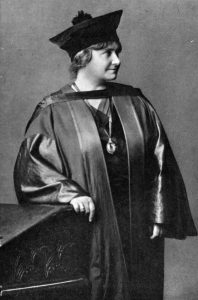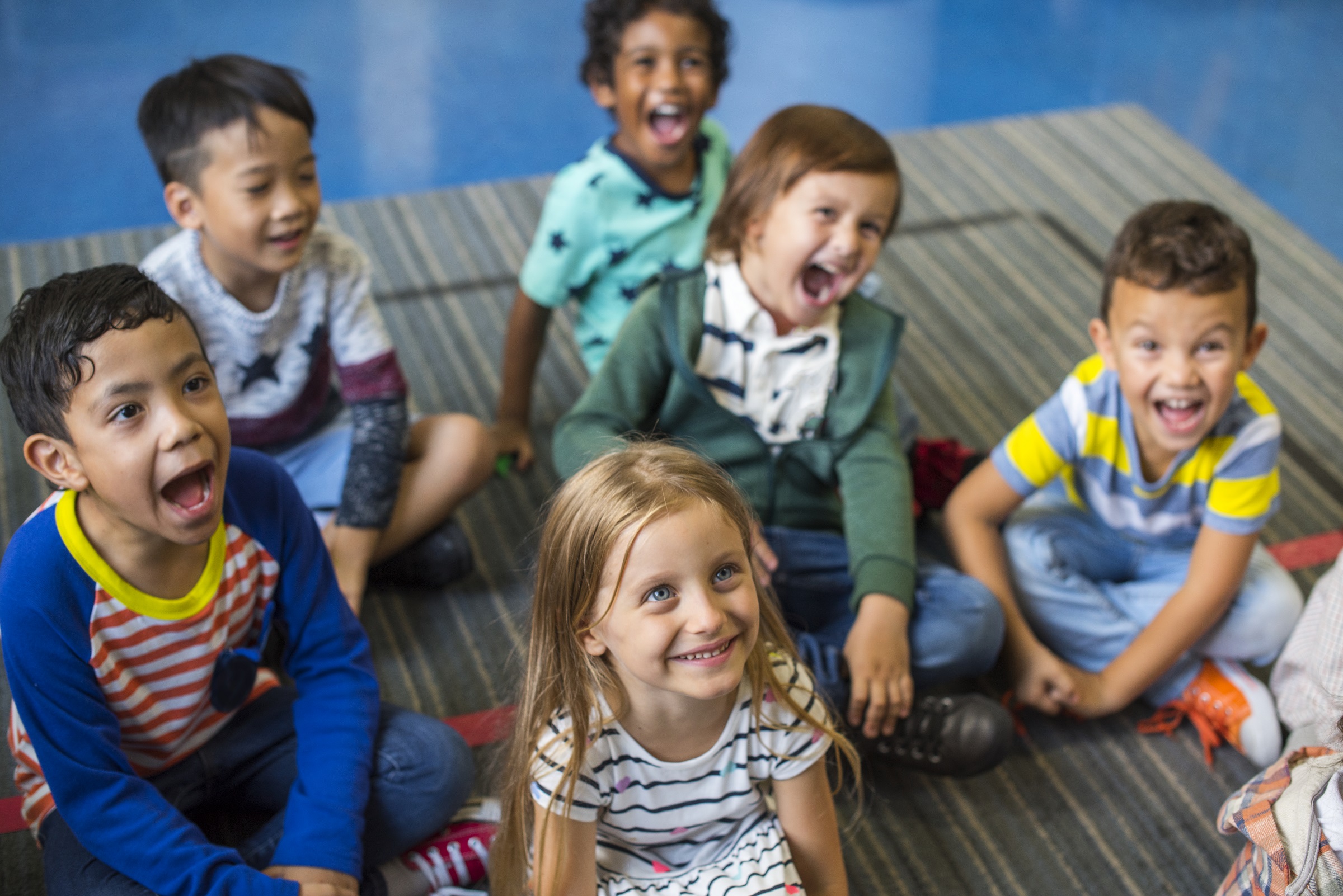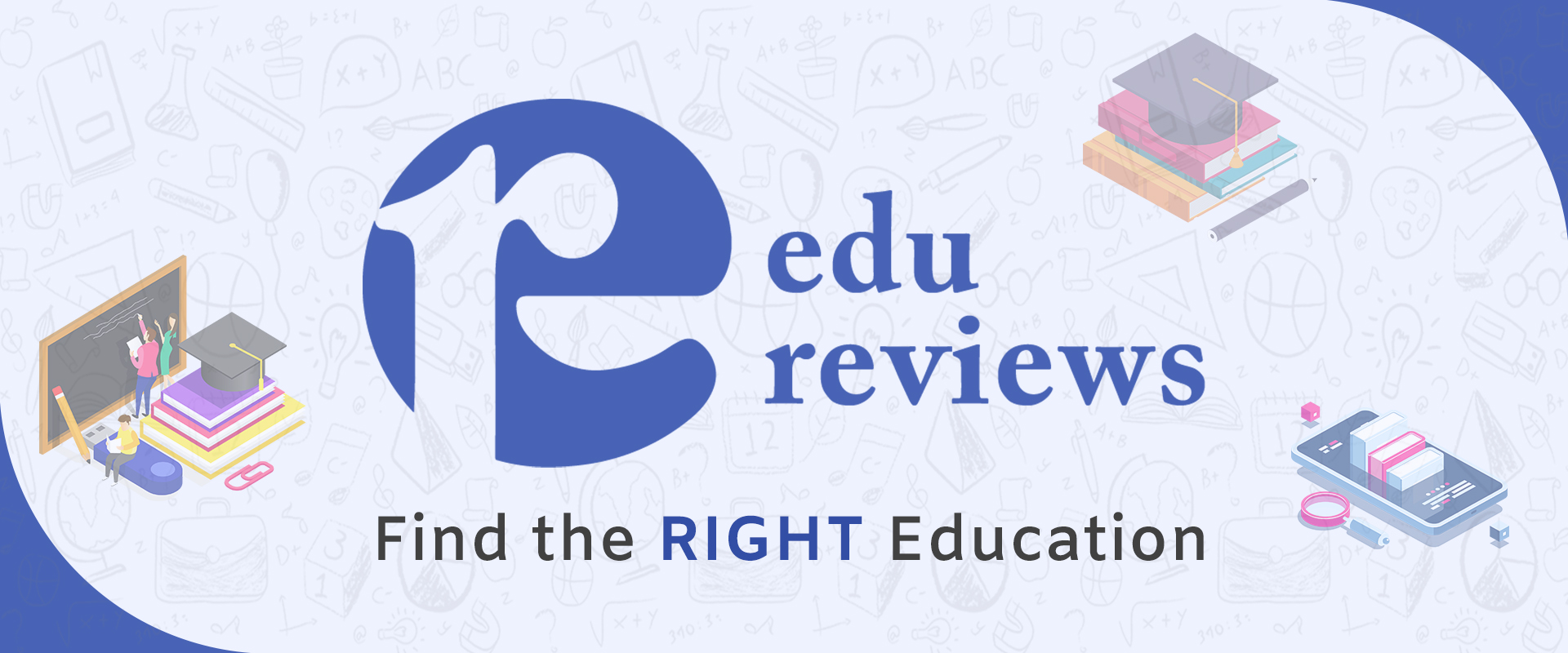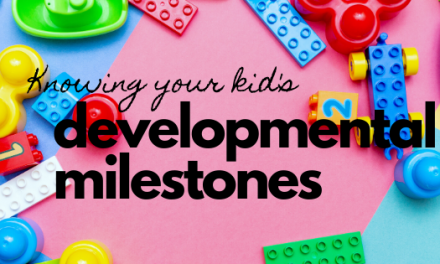 Dr. Maria Montessori was Italy’s first woman physician who specialised in pediatric and psychology. When she was working with children with intellectual disabilities in the Psychiatric Department at the University of Rome, she was compelled to devise a teaching methodology that could aid the children’s learning. Following her years of research and experimentations, she managed to come up with a pedagogy that helped the children who were deemed mentally deficient at the time to complete Italy’s standardized public school exams (International Montessori Index, 2006). Note that it only took her two years of implementing her methods onto these children before it showed a result.
Dr. Maria Montessori was Italy’s first woman physician who specialised in pediatric and psychology. When she was working with children with intellectual disabilities in the Psychiatric Department at the University of Rome, she was compelled to devise a teaching methodology that could aid the children’s learning. Following her years of research and experimentations, she managed to come up with a pedagogy that helped the children who were deemed mentally deficient at the time to complete Italy’s standardized public school exams (International Montessori Index, 2006). Note that it only took her two years of implementing her methods onto these children before it showed a result.
The reason for the phenomenal success? The realisation that the children need not medical attention, but an interactive environment that encourages learning by focusing on their senses and interests. This is interesting because, in contrast to the traditional education where the focus is on the attainment of literacy and arithmetic, Montessori said that if we want children to learn more, we should be putting more attention on intellectual, physical, emotional and social aspects instead.
Children-led Classes
When she was given the responsibility to augment the education standard for children in Rome’s San Lorenzo slum district, she tried to impart her idea into their curriculum. From her observation, she gained an insight that the children’s mind works like a sponge. It has the ability to not just absorb but transform its structure, given that the children receive adequate and engaging stimuli and motivation from a ‘specially prepared environment’.
Montessori also believed that attention and learning are much facilitated when a ‘self-directed’ learning approach is adopted. Rather than putting the children in a setting where everything is dictated by the teacher, children can take in more when they are allowed to explore on how to solve a problem on their own.

Teacher’s Task
“What does a Montessori teacher do in a classroom?”, you may ask. Well, the teachers are responsible with observing the children’s interests and development, then preparing tasks that are proportional to their age and cognitive level, or in Montessori’s own word “to be able to find activities that are so intrinsically meaningful that we want to throw ourselves into them” (Montessori, 1967, p.14).
Ultimately, this absorption of stimuli happens most in the first six years’ of a child’s life, making it the most sensitive and critical period for self-construction and learning for them.
Montessori’s Learning Aspects
In essence, there are five main learning areas that a Montessori school focuses on :
- Practical Life: Learning about how to take care of one’s self and the environment, basic etiquettes and how to control movements
- Sensorial: Refining of all the sensory skills i.e. sight, touch, smell, sound, taste
- Language and Reading: An introduction to phonetic e.g. how does a letter sound and looks like
- Mathematics: Using concrete materials to introduce the concept of numbers
- Culture: Giving exposure to what matters in the world e.g. knowing the names of the animals (zoology), identifying weather, and basic elements (science) etc.
 Source: Treehouse Montessori
Source: Treehouse Montessori
Freedom in Class
In a Montessori classroom, children are to be expected to ‘learn by doing’. They are given the liberty to choose what activity do they want to do, where they work at, whom they want to work with, and for how long do they want to spend on an activity. Unlike the traditional classroom where students are mostly expected to complete an activity at the same time, Montessori schools understand that each child has their own pace. The children are never scrutinised if they are unable to complete a task given because Montessorians believe that mastery is gained through trial and error. The competency to complete a task and problem solve give them an internal sense of pride and this encourage them to push their limits and try something more challenging. As said before, now, it is the teachers’ responsibility to aid the children to reach their maximum potential by preparing them with materials that will help them learn and experiment inductively.
Early years of child development is truly crucial, hence, most parents would send their children to a good Montessori or Kindergarten. Click here to know more about other pre-school approaches.









